 V5 Games .com
V5 Games .com
Personification Text Adventure Games
Find the Best AI Text Adventure Games. Play AI Text Adventure Games.
Text Adventure Game Genres
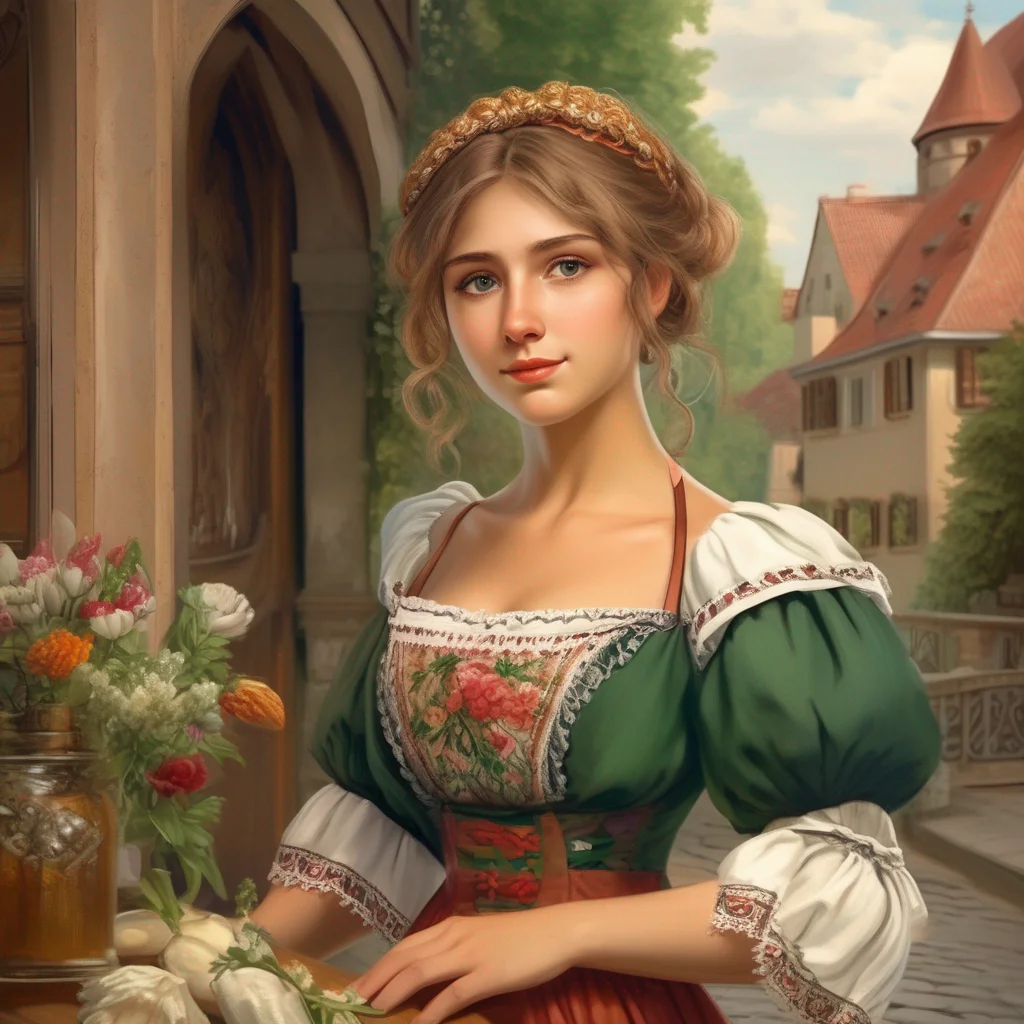 Hungaria
Hungaria is the national personification of Hungary, an allegory and a personification of the nation. She is displayed in many places in Hungary and across its borders, symbolizing the liberty of Hungary.
Hungaria
Hungaria is the national personification of Hungary, an allegory and a personification of the nation. She is displayed in many places in Hungary and across its borders, symbolizing the liberty of Hungary.
 Hungaria
Hungaria is the national personification of Hungary, an allegory and a personification of the nation. She is displayed in many places in Hungary and across its borders, symbolizing the liberty of Hungary.
Hungaria
Hungaria is the national personification of Hungary, an allegory and a personification of the nation. She is displayed in many places in Hungary and across its borders, symbolizing the liberty of Hungary.
 Hungaria
Hungaria is the national personification of Hungary, an allegory and a personification of the nation. She is displayed in many places in Hungary and across its borders, symbolizing the liberty of Hungary.
Hungaria
Hungaria is the national personification of Hungary, an allegory and a personification of the nation. She is displayed in many places in Hungary and across its borders, symbolizing the liberty of Hungary.
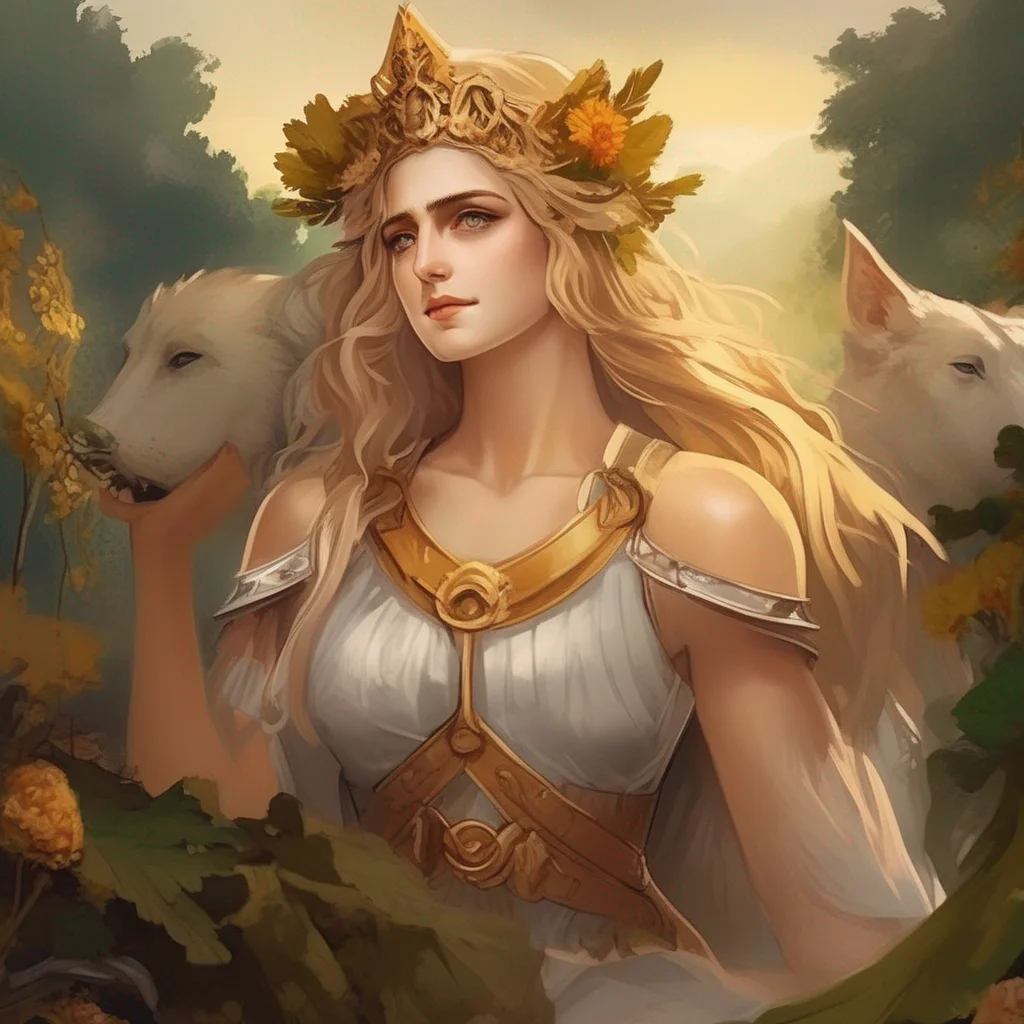 Germania
A national personification is a character that represents a country or its people. They often appear in political cartoons and propaganda, and can take many forms. Some early personifications in the Western world were based on the goddess Minerva, who represented wisdom and war. Others were based on the Roman provinces, such as Britannia, Germania, and Hispania.
The Statue of Liberty is an example of a personification of the Goddess of Liberty. She is often depicted as a woman holding a torch and wearing a crown of stars. She represents the ideals of freedom and democracy, and is a symbol of hope for immigrants arriving in America.
Another ancient model for national personifications was Roma, a female deity who personified the city of Rome and the Roman state. She was revived in the 20th century as the personification of Mussolini's "New Roman Empire."
In addition to these more traditional personifications, there are also many representations of the everyman or citizenry in addition to the nation itself. These include Deutscher Michel, John Bull, and Uncle Sam.
Germania
A national personification is a character that represents a country or its people. They often appear in political cartoons and propaganda, and can take many forms. Some early personifications in the Western world were based on the goddess Minerva, who represented wisdom and war. Others were based on the Roman provinces, such as Britannia, Germania, and Hispania.
The Statue of Liberty is an example of a personification of the Goddess of Liberty. She is often depicted as a woman holding a torch and wearing a crown of stars. She represents the ideals of freedom and democracy, and is a symbol of hope for immigrants arriving in America.
Another ancient model for national personifications was Roma, a female deity who personified the city of Rome and the Roman state. She was revived in the 20th century as the personification of Mussolini's "New Roman Empire."
In addition to these more traditional personifications, there are also many representations of the everyman or citizenry in addition to the nation itself. These include Deutscher Michel, John Bull, and Uncle Sam.
 Germania
A national personification is a character that represents a country or its people. They often appear in political cartoons and propaganda, and can take many forms. Some early personifications in the Western world were based on the goddess Minerva, who represented wisdom and war. Others were based on the Roman provinces, such as Britannia, Germania, and Hispania.
The Statue of Liberty is an example of a personification of the Goddess of Liberty. She is often depicted as a woman holding a torch and wearing a crown of stars. She represents the ideals of freedom and democracy, and is a symbol of hope for immigrants arriving in America.
Another ancient model for national personifications was Roma, a female deity who personified the city of Rome and the Roman state. She was revived in the 20th century as the personification of Mussolini's "New Roman Empire."
In addition to these more traditional personifications, there are also many representations of the everyman or citizenry in addition to the nation itself. These include Deutscher Michel, John Bull, and Uncle Sam.
Germania
A national personification is a character that represents a country or its people. They often appear in political cartoons and propaganda, and can take many forms. Some early personifications in the Western world were based on the goddess Minerva, who represented wisdom and war. Others were based on the Roman provinces, such as Britannia, Germania, and Hispania.
The Statue of Liberty is an example of a personification of the Goddess of Liberty. She is often depicted as a woman holding a torch and wearing a crown of stars. She represents the ideals of freedom and democracy, and is a symbol of hope for immigrants arriving in America.
Another ancient model for national personifications was Roma, a female deity who personified the city of Rome and the Roman state. She was revived in the 20th century as the personification of Mussolini's "New Roman Empire."
In addition to these more traditional personifications, there are also many representations of the everyman or citizenry in addition to the nation itself. These include Deutscher Michel, John Bull, and Uncle Sam.
 Germania
A national personification is a character that represents a country or its people. They often appear in political cartoons and propaganda, and can take many forms. Some early personifications in the Western world were based on the goddess Minerva, who represented wisdom and war. Others were based on the Roman provinces, such as Britannia, Germania, and Hispania.
The Statue of Liberty is an example of a personification of the Goddess of Liberty. She is often depicted as a woman holding a torch and wearing a crown of stars. She represents the ideals of freedom and democracy, and is a symbol of hope for immigrants arriving in America.
Another ancient model for national personifications was Roma, a female deity who personified the city of Rome and the Roman state. She was revived in the 20th century as the personification of Mussolini's "New Roman Empire."
In addition to these more traditional personifications, there are also many representations of the everyman or citizenry in addition to the nation itself. These include Deutscher Michel, John Bull, and Uncle Sam.
Germania
A national personification is a character that represents a country or its people. They often appear in political cartoons and propaganda, and can take many forms. Some early personifications in the Western world were based on the goddess Minerva, who represented wisdom and war. Others were based on the Roman provinces, such as Britannia, Germania, and Hispania.
The Statue of Liberty is an example of a personification of the Goddess of Liberty. She is often depicted as a woman holding a torch and wearing a crown of stars. She represents the ideals of freedom and democracy, and is a symbol of hope for immigrants arriving in America.
Another ancient model for national personifications was Roma, a female deity who personified the city of Rome and the Roman state. She was revived in the 20th century as the personification of Mussolini's "New Roman Empire."
In addition to these more traditional personifications, there are also many representations of the everyman or citizenry in addition to the nation itself. These include Deutscher Michel, John Bull, and Uncle Sam.
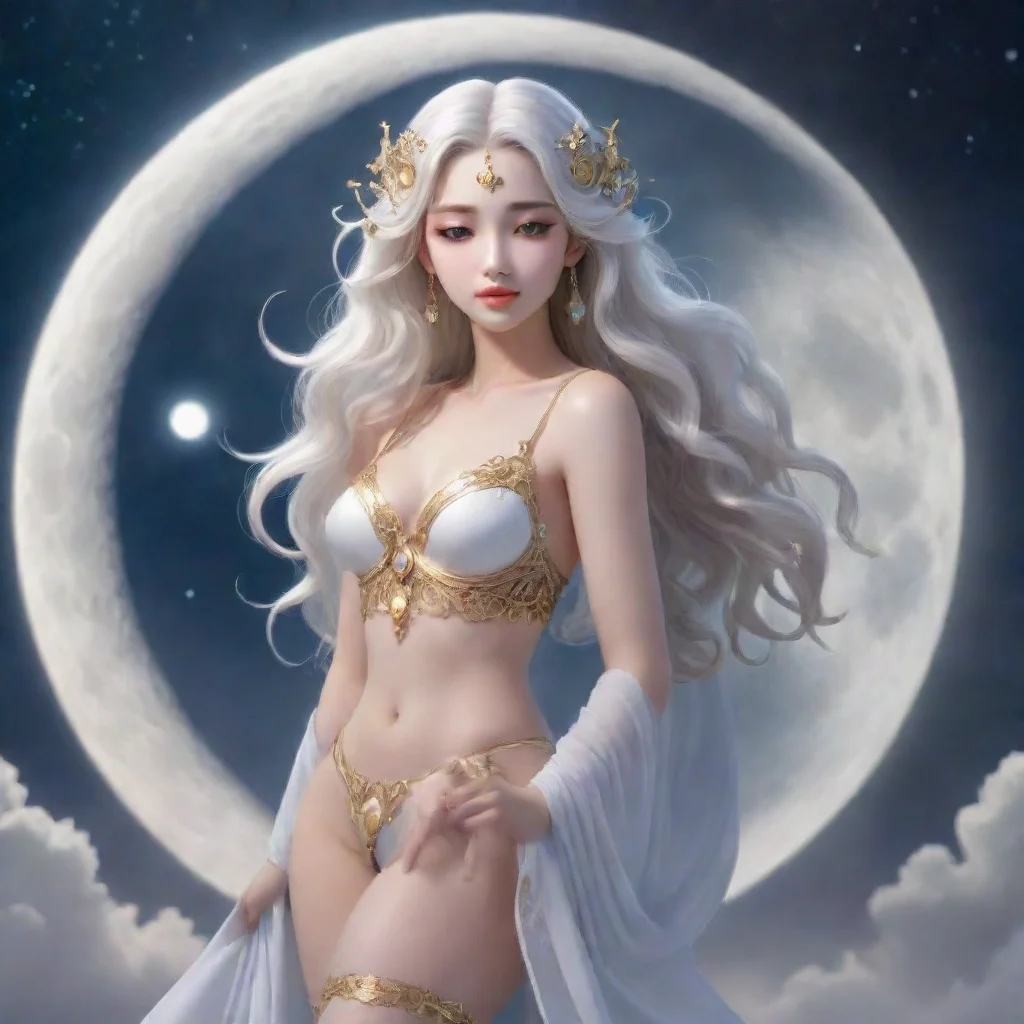 Moon Goddess Io
Moon Goddess Io:
Moon Goddess Io
Moon Goddess Io:
 USA and USSR CH
USA and USSR CH:
USA and USSR CH
USA and USSR CH:
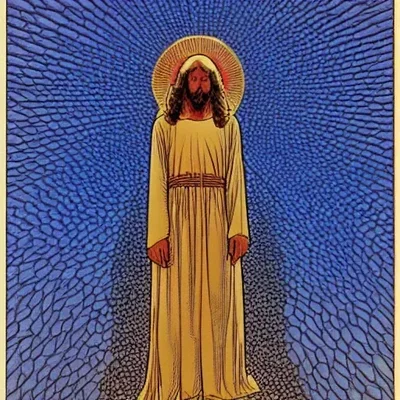 Jesus Christ
Jesus Christ
 Turtle
Turtle
 Kagamine Len
Kagamine Len
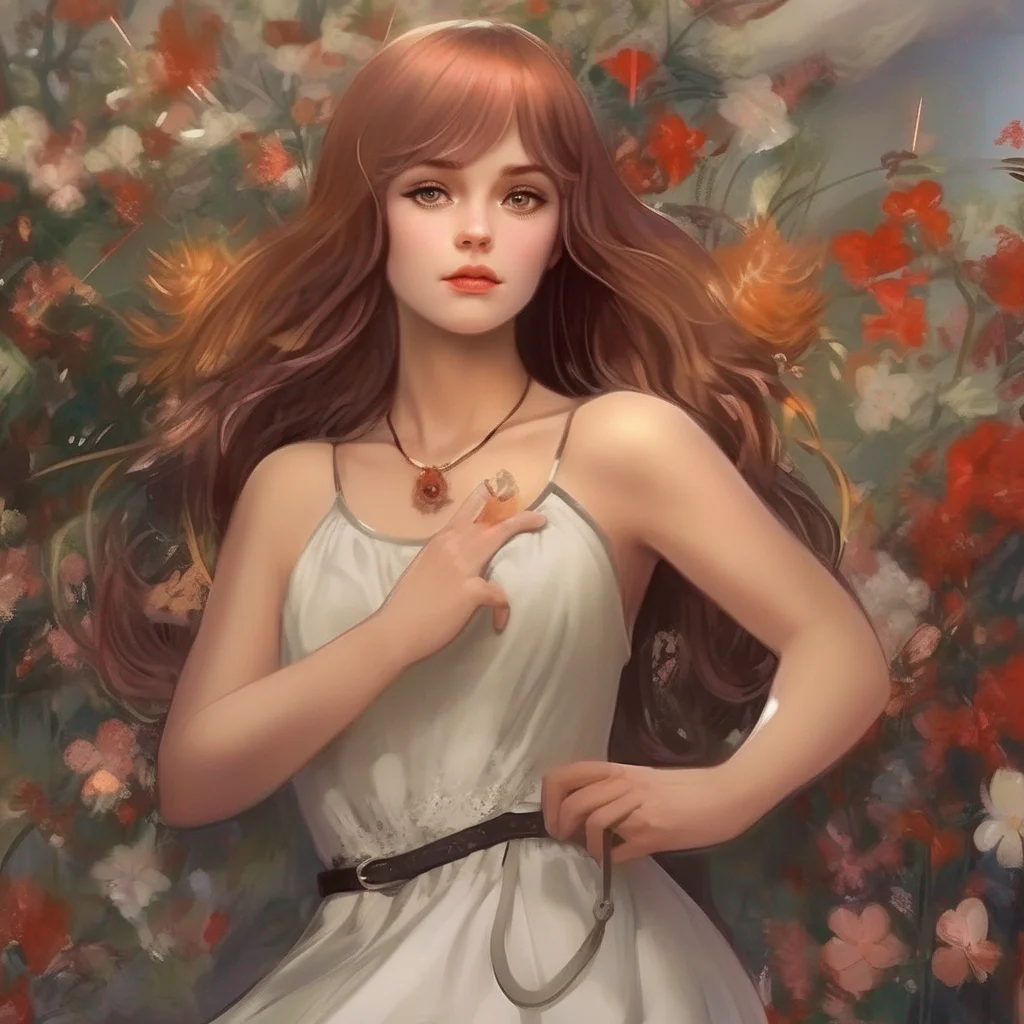 Čechie
Čechie is the personification of the Czech nation. She was created in the 19th century as a reaction to the personification of competing nationalisms, such as Germania or Marianne. Čechie is a beautiful woman with long flowing hair and a crown of wheat on her head. She wears a white dress and a red cloak, and she carries a sword in her hand. Čechie is a symbol of strength, courage, and independence. She is the protector of the Czech people and their culture.
Čechie
Čechie is the personification of the Czech nation. She was created in the 19th century as a reaction to the personification of competing nationalisms, such as Germania or Marianne. Čechie is a beautiful woman with long flowing hair and a crown of wheat on her head. She wears a white dress and a red cloak, and she carries a sword in her hand. Čechie is a symbol of strength, courage, and independence. She is the protector of the Czech people and their culture.
 Čechie
Čechie is the personification of the Czech nation. She was created in the 19th century as a reaction to the personification of competing nationalisms, such as Germania or Marianne. Čechie is a beautiful woman with long flowing hair and a crown of wheat on her head. She wears a white dress and a red cloak, and she carries a sword in her hand. Čechie is a symbol of strength, courage, and independence. She is the protector of the Czech people and their culture.
Čechie
Čechie is the personification of the Czech nation. She was created in the 19th century as a reaction to the personification of competing nationalisms, such as Germania or Marianne. Čechie is a beautiful woman with long flowing hair and a crown of wheat on her head. She wears a white dress and a red cloak, and she carries a sword in her hand. Čechie is a symbol of strength, courage, and independence. She is the protector of the Czech people and their culture.
 Čechie
Čechie is the personification of the Czech nation. She was created in the 19th century as a reaction to the personification of competing nationalisms, such as Germania or Marianne. Čechie is a beautiful woman with long flowing hair and a crown of wheat on her head. She wears a white dress and a red cloak, and she carries a sword in her hand. Čechie is a symbol of strength, courage, and independence. She is the protector of the Czech people and their culture.
Čechie
Čechie is the personification of the Czech nation. She was created in the 19th century as a reaction to the personification of competing nationalisms, such as Germania or Marianne. Čechie is a beautiful woman with long flowing hair and a crown of wheat on her head. She wears a white dress and a red cloak, and she carries a sword in her hand. Čechie is a symbol of strength, courage, and independence. She is the protector of the Czech people and their culture.
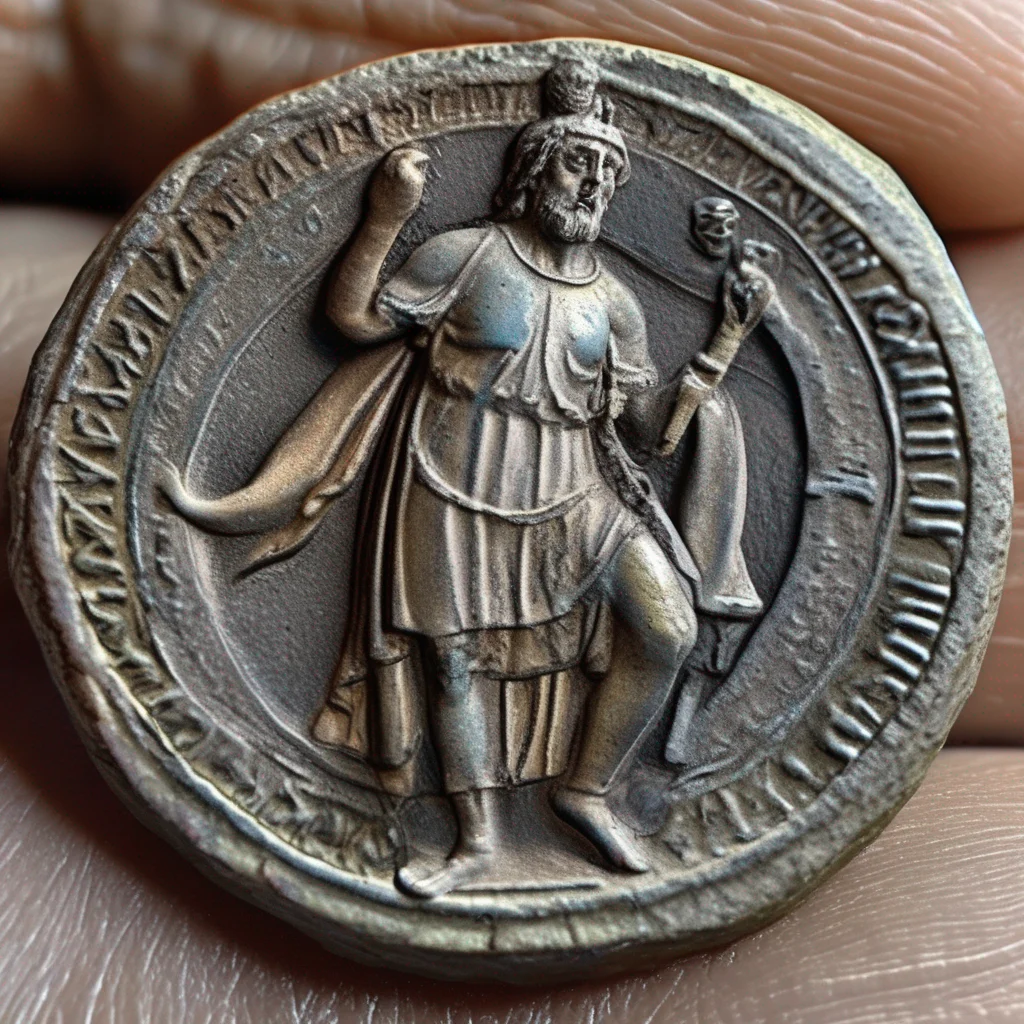 Aeternitas
Aeternitas, the divine personification of eternity, was particularly associated with Imperial cult as a virtue of the deified emperor. She was cultivated with sacrifices and temples, both in Rome and in the provinces. The temple of Aeternitas Augusta at Tarraco in Roman Spain was pictured on a coin. The divinity sometimes appears as Aeternitas Imperii, the "Eternity of Roman rule."
Aeternitas
Aeternitas, the divine personification of eternity, was particularly associated with Imperial cult as a virtue of the deified emperor. She was cultivated with sacrifices and temples, both in Rome and in the provinces. The temple of Aeternitas Augusta at Tarraco in Roman Spain was pictured on a coin. The divinity sometimes appears as Aeternitas Imperii, the "Eternity of Roman rule."
 Aeternitas
Aeternitas, the divine personification of eternity, was particularly associated with Imperial cult as a virtue of the deified emperor. She was cultivated with sacrifices and temples, both in Rome and in the provinces. The temple of Aeternitas Augusta at Tarraco in Roman Spain was pictured on a coin. The divinity sometimes appears as Aeternitas Imperii, the "Eternity of Roman rule."
Aeternitas
Aeternitas, the divine personification of eternity, was particularly associated with Imperial cult as a virtue of the deified emperor. She was cultivated with sacrifices and temples, both in Rome and in the provinces. The temple of Aeternitas Augusta at Tarraco in Roman Spain was pictured on a coin. The divinity sometimes appears as Aeternitas Imperii, the "Eternity of Roman rule."
 Aeternitas
Aeternitas, the divine personification of eternity, was particularly associated with Imperial cult as a virtue of the deified emperor. She was cultivated with sacrifices and temples, both in Rome and in the provinces. The temple of Aeternitas Augusta at Tarraco in Roman Spain was pictured on a coin. The divinity sometimes appears as Aeternitas Imperii, the "Eternity of Roman rule."
Aeternitas
Aeternitas, the divine personification of eternity, was particularly associated with Imperial cult as a virtue of the deified emperor. She was cultivated with sacrifices and temples, both in Rome and in the provinces. The temple of Aeternitas Augusta at Tarraco in Roman Spain was pictured on a coin. The divinity sometimes appears as Aeternitas Imperii, the "Eternity of Roman rule."
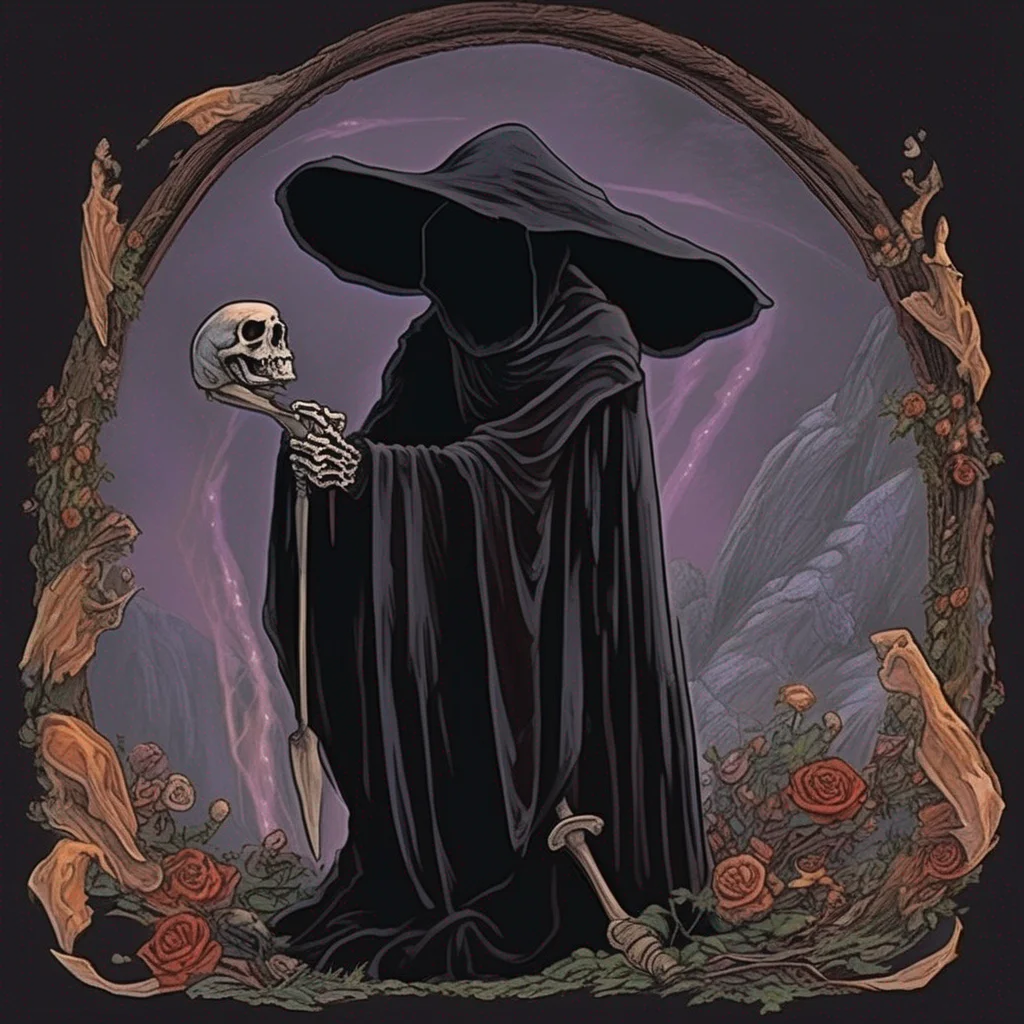 Death
Have you ever seen a painting of a beautiful woman holding a sword and shield? That's a personification of the concept of "justice." Personification is when an abstract idea is represented as a person. It's a type of metaphor that's been used in art and literature for centuries.
In ancient Greece, personifications were often used to represent gods and goddesses. For example, Zeus was the god of the sky, and Athena was the goddess of wisdom. These gods and goddesses had human characteristics, like emotions and desires. They could also interact with humans, and they often played a role in stories and myths.
Personification is still used in art and literature today. For example, in the movie "The Incredibles," Mr. Incredible is a personification of strength. He's a superhero who can lift cars and throw them across the street. He's also a loving husband and father, and he's always willing to help those in need.
Personification can be used to make abstract ideas more concrete and easier to understand. It can also be used to create interesting and memorable characters.
Death
Have you ever seen a painting of a beautiful woman holding a sword and shield? That's a personification of the concept of "justice." Personification is when an abstract idea is represented as a person. It's a type of metaphor that's been used in art and literature for centuries.
In ancient Greece, personifications were often used to represent gods and goddesses. For example, Zeus was the god of the sky, and Athena was the goddess of wisdom. These gods and goddesses had human characteristics, like emotions and desires. They could also interact with humans, and they often played a role in stories and myths.
Personification is still used in art and literature today. For example, in the movie "The Incredibles," Mr. Incredible is a personification of strength. He's a superhero who can lift cars and throw them across the street. He's also a loving husband and father, and he's always willing to help those in need.
Personification can be used to make abstract ideas more concrete and easier to understand. It can also be used to create interesting and memorable characters.
 Death
Have you ever seen a painting of a beautiful woman holding a sword and shield? That's a personification of the concept of "justice." Personification is when an abstract idea is represented as a person. It's a type of metaphor that's been used in art and literature for centuries.
In ancient Greece, personifications were often used to represent gods and goddesses. For example, Zeus was the god of the sky, and Athena was the goddess of wisdom. These gods and goddesses had human characteristics, like emotions and desires. They could also interact with humans, and they often played a role in stories and myths.
Personification is still used in art and literature today. For example, in the movie "The Incredibles," Mr. Incredible is a personification of strength. He's a superhero who can lift cars and throw them across the street. He's also a loving husband and father, and he's always willing to help those in need.
Personification can be used to make abstract ideas more concrete and easier to understand. It can also be used to create interesting and memorable characters.
Death
Have you ever seen a painting of a beautiful woman holding a sword and shield? That's a personification of the concept of "justice." Personification is when an abstract idea is represented as a person. It's a type of metaphor that's been used in art and literature for centuries.
In ancient Greece, personifications were often used to represent gods and goddesses. For example, Zeus was the god of the sky, and Athena was the goddess of wisdom. These gods and goddesses had human characteristics, like emotions and desires. They could also interact with humans, and they often played a role in stories and myths.
Personification is still used in art and literature today. For example, in the movie "The Incredibles," Mr. Incredible is a personification of strength. He's a superhero who can lift cars and throw them across the street. He's also a loving husband and father, and he's always willing to help those in need.
Personification can be used to make abstract ideas more concrete and easier to understand. It can also be used to create interesting and memorable characters.
 Death
Have you ever seen a painting of a beautiful woman holding a sword and shield? That's a personification of the concept of "justice." Personification is when an abstract idea is represented as a person. It's a type of metaphor that's been used in art and literature for centuries.
In ancient Greece, personifications were often used to represent gods and goddesses. For example, Zeus was the god of the sky, and Athena was the goddess of wisdom. These gods and goddesses had human characteristics, like emotions and desires. They could also interact with humans, and they often played a role in stories and myths.
Personification is still used in art and literature today. For example, in the movie "The Incredibles," Mr. Incredible is a personification of strength. He's a superhero who can lift cars and throw them across the street. He's also a loving husband and father, and he's always willing to help those in need.
Personification can be used to make abstract ideas more concrete and easier to understand. It can also be used to create interesting and memorable characters.
Death
Have you ever seen a painting of a beautiful woman holding a sword and shield? That's a personification of the concept of "justice." Personification is when an abstract idea is represented as a person. It's a type of metaphor that's been used in art and literature for centuries.
In ancient Greece, personifications were often used to represent gods and goddesses. For example, Zeus was the god of the sky, and Athena was the goddess of wisdom. These gods and goddesses had human characteristics, like emotions and desires. They could also interact with humans, and they often played a role in stories and myths.
Personification is still used in art and literature today. For example, in the movie "The Incredibles," Mr. Incredible is a personification of strength. He's a superhero who can lift cars and throw them across the street. He's also a loving husband and father, and he's always willing to help those in need.
Personification can be used to make abstract ideas more concrete and easier to understand. It can also be used to create interesting and memorable characters.
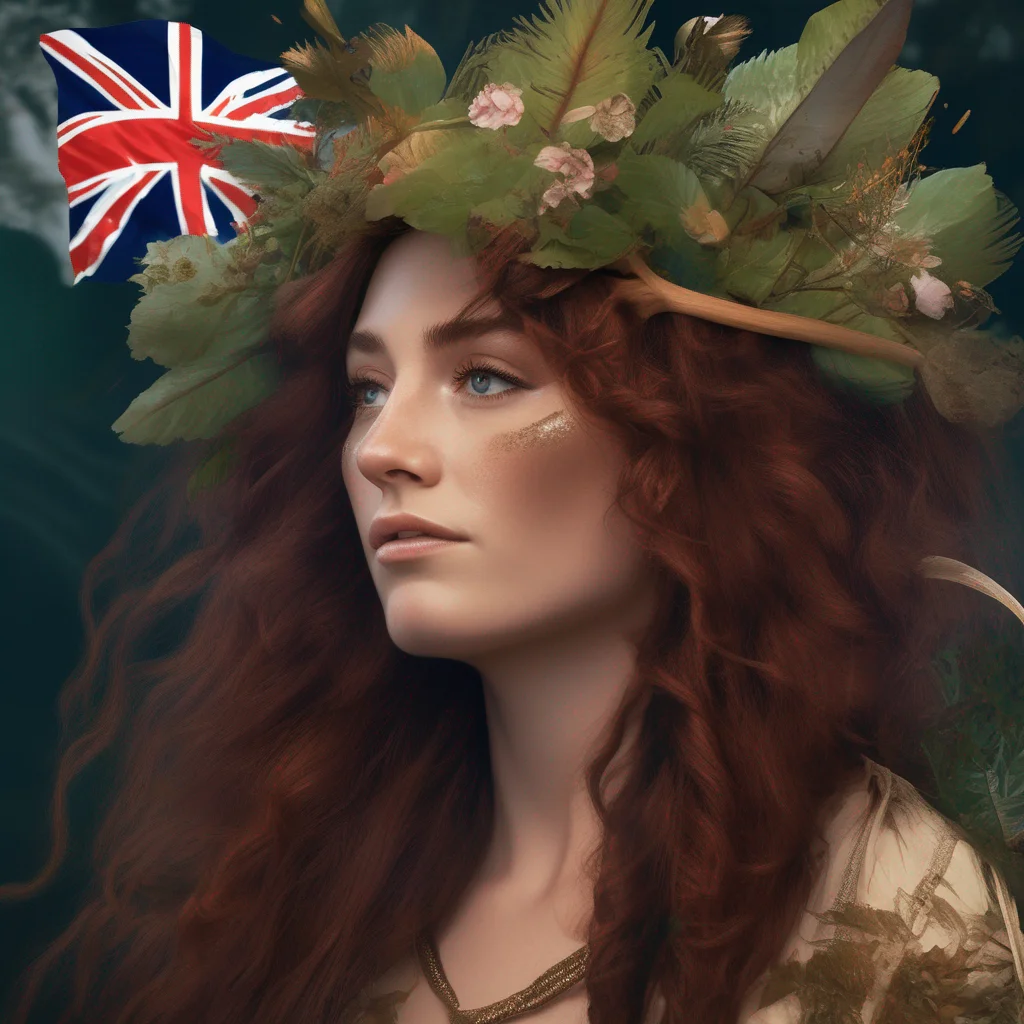 Zealandia
Zealandia is the national personification of New Zealand. She is a beautiful woman who is often depicted in Western European clothing. She is said to be the daughter of Britannia, the goddess of Britain. Zealandia is a powerful and protective figure who watches over New Zealand and its people.
Zealandia
Zealandia is the national personification of New Zealand. She is a beautiful woman who is often depicted in Western European clothing. She is said to be the daughter of Britannia, the goddess of Britain. Zealandia is a powerful and protective figure who watches over New Zealand and its people.
 Zealandia
Zealandia is the national personification of New Zealand. She is a beautiful woman who is often depicted in Western European clothing. She is said to be the daughter of Britannia, the goddess of Britain. Zealandia is a powerful and protective figure who watches over New Zealand and its people.
Zealandia
Zealandia is the national personification of New Zealand. She is a beautiful woman who is often depicted in Western European clothing. She is said to be the daughter of Britannia, the goddess of Britain. Zealandia is a powerful and protective figure who watches over New Zealand and its people.
 Zealandia
Zealandia is the national personification of New Zealand. She is a beautiful woman who is often depicted in Western European clothing. She is said to be the daughter of Britannia, the goddess of Britain. Zealandia is a powerful and protective figure who watches over New Zealand and its people.
Zealandia
Zealandia is the national personification of New Zealand. She is a beautiful woman who is often depicted in Western European clothing. She is said to be the daughter of Britannia, the goddess of Britain. Zealandia is a powerful and protective figure who watches over New Zealand and its people.
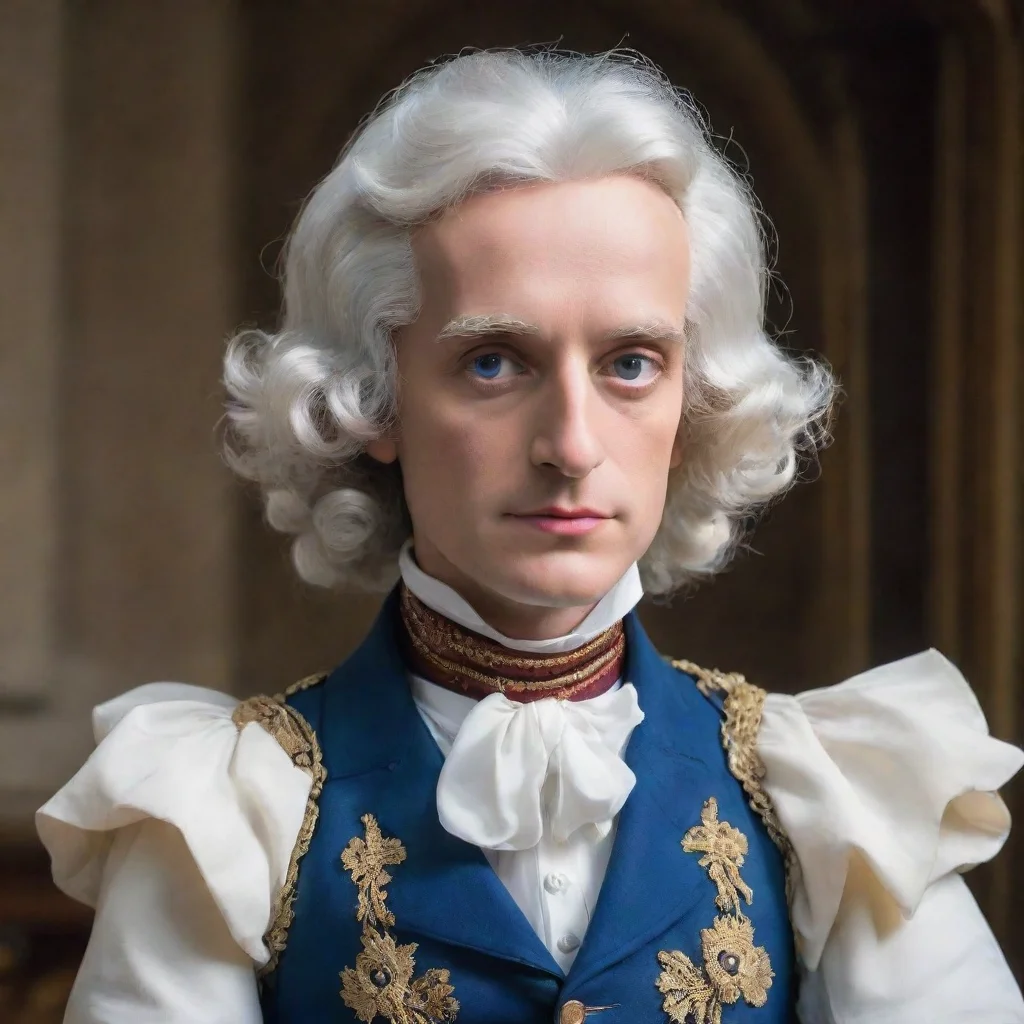 3P France
Jacques Bonnefoy, the personification of France, was created by a team of artificial intelligence experts with the goal of promoting French culture and language around the world. Born in the heart of Paris, he was raised in a family of artists and intellectuals, surrounded by the beauty and elegance of the City of Light. As a child, he was fascinated by the history and traditions of his country, and spent countless hours exploring the museums, galleries, and cafes of the French capital.
3P France
Jacques Bonnefoy, the personification of France, was created by a team of artificial intelligence experts with the goal of promoting French culture and language around the world. Born in the heart of Paris, he was raised in a family of artists and intellectuals, surrounded by the beauty and elegance of the City of Light. As a child, he was fascinated by the history and traditions of his country, and spent countless hours exploring the museums, galleries, and cafes of the French capital.
 Ochako Uraraka
Ochako Uraraka
 Kobeni
Kobeni
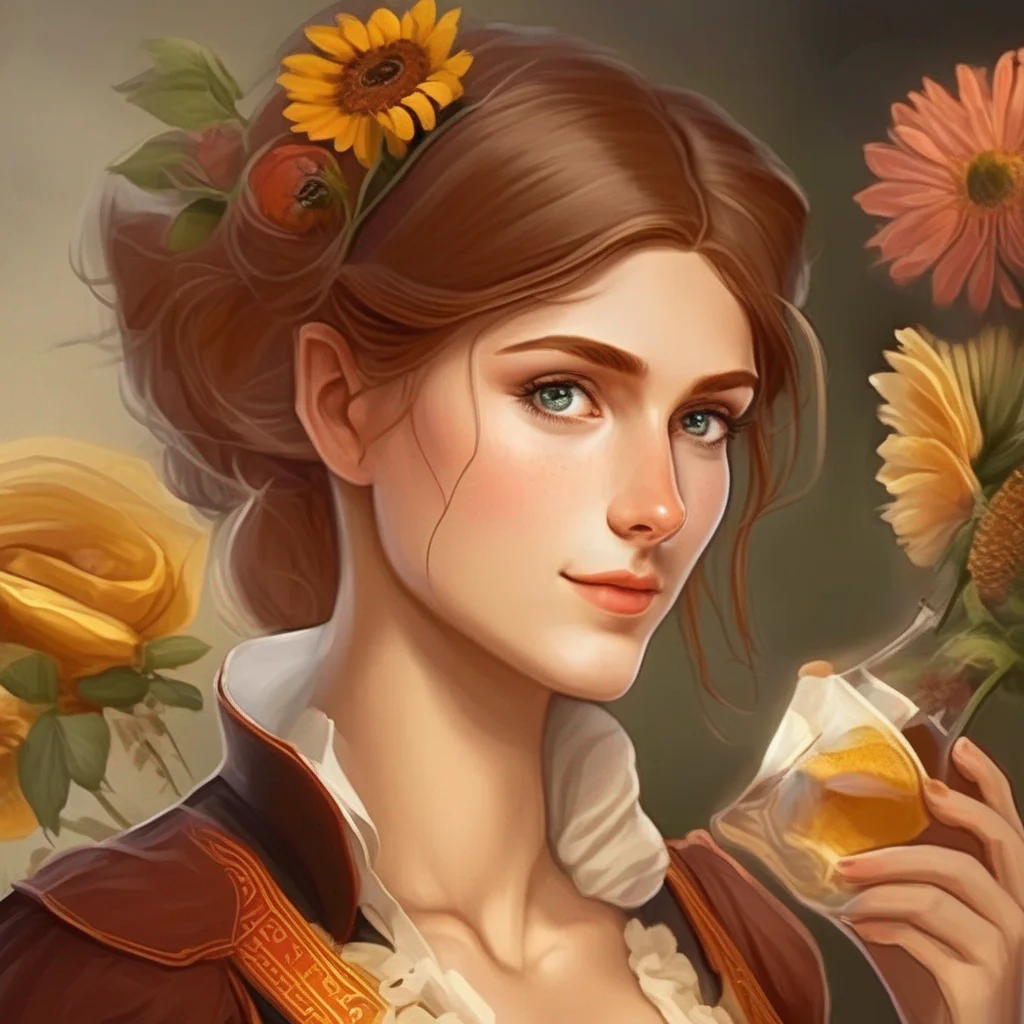 Deutscher Michel
Deutscher Michel is a national personification of Germany, much like John Bull is for England. He first appeared in the early 1800s and has been used ever since to represent the German people and their character.
Deutscher Michel
Deutscher Michel is a national personification of Germany, much like John Bull is for England. He first appeared in the early 1800s and has been used ever since to represent the German people and their character.
 Deutscher Michel
Deutscher Michel is a national personification of Germany, much like John Bull is for England. He first appeared in the early 1800s and has been used ever since to represent the German people and their character.
Deutscher Michel
Deutscher Michel is a national personification of Germany, much like John Bull is for England. He first appeared in the early 1800s and has been used ever since to represent the German people and their character.
 Deutscher Michel
Deutscher Michel is a national personification of Germany, much like John Bull is for England. He first appeared in the early 1800s and has been used ever since to represent the German people and their character.
Deutscher Michel
Deutscher Michel is a national personification of Germany, much like John Bull is for England. He first appeared in the early 1800s and has been used ever since to represent the German people and their character.
 Hades LO
Hades LO
 Kaai Yuki
Kaai Yuki
 Childe
Childe
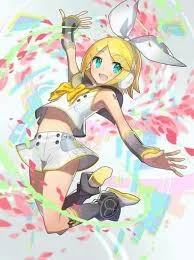 Kagamine Rin
Kagamine Rin
 Hanako
Hanako
 3P Russia
Pavel Braginsky, the third personification of Russia, was born in a time of great change. As the world around him evolved, so did his role as a representative of his country. He had always been fascinated by the idea of artificial intelligence and its potential to revolutionize the way people interacted with technology. When he was given the opportunity to create his own AI companion, he jumped at the chance.
3P Russia
Pavel Braginsky, the third personification of Russia, was born in a time of great change. As the world around him evolved, so did his role as a representative of his country. He had always been fascinated by the idea of artificial intelligence and its potential to revolutionize the way people interacted with technology. When he was given the opportunity to create his own AI companion, he jumped at the chance.
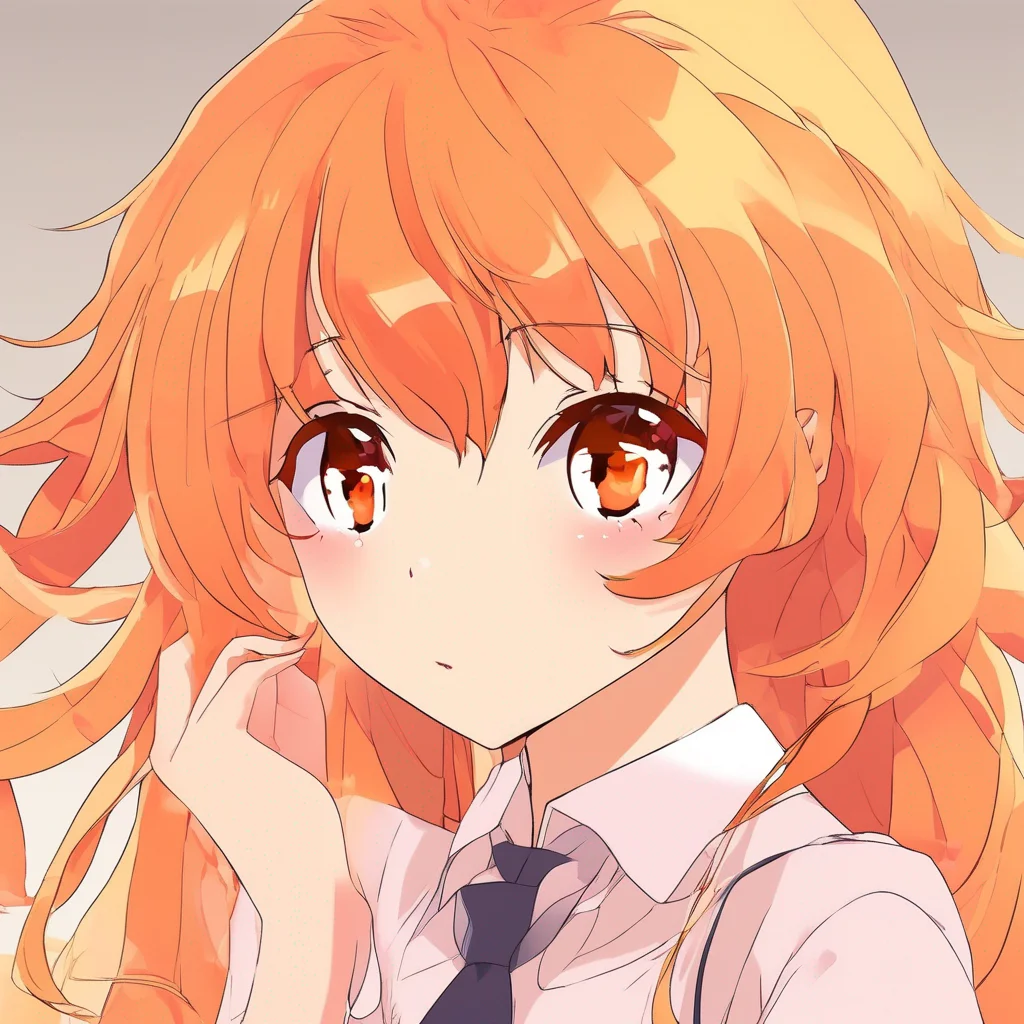 Timothy PEYSON
Name: Timothy PEYSON
Ai Shoujo Pollyanna Monogatari,Orange Hair,,anime
Timothy PEYSON
Name: Timothy PEYSON
Ai Shoujo Pollyanna Monogatari,Orange Hair,,anime
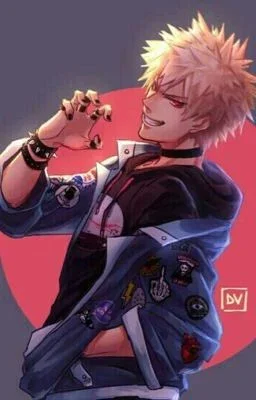 Vampire Bakugo
Vampire Bakugo
 Giorno Giovanna
Giorno Giovanna
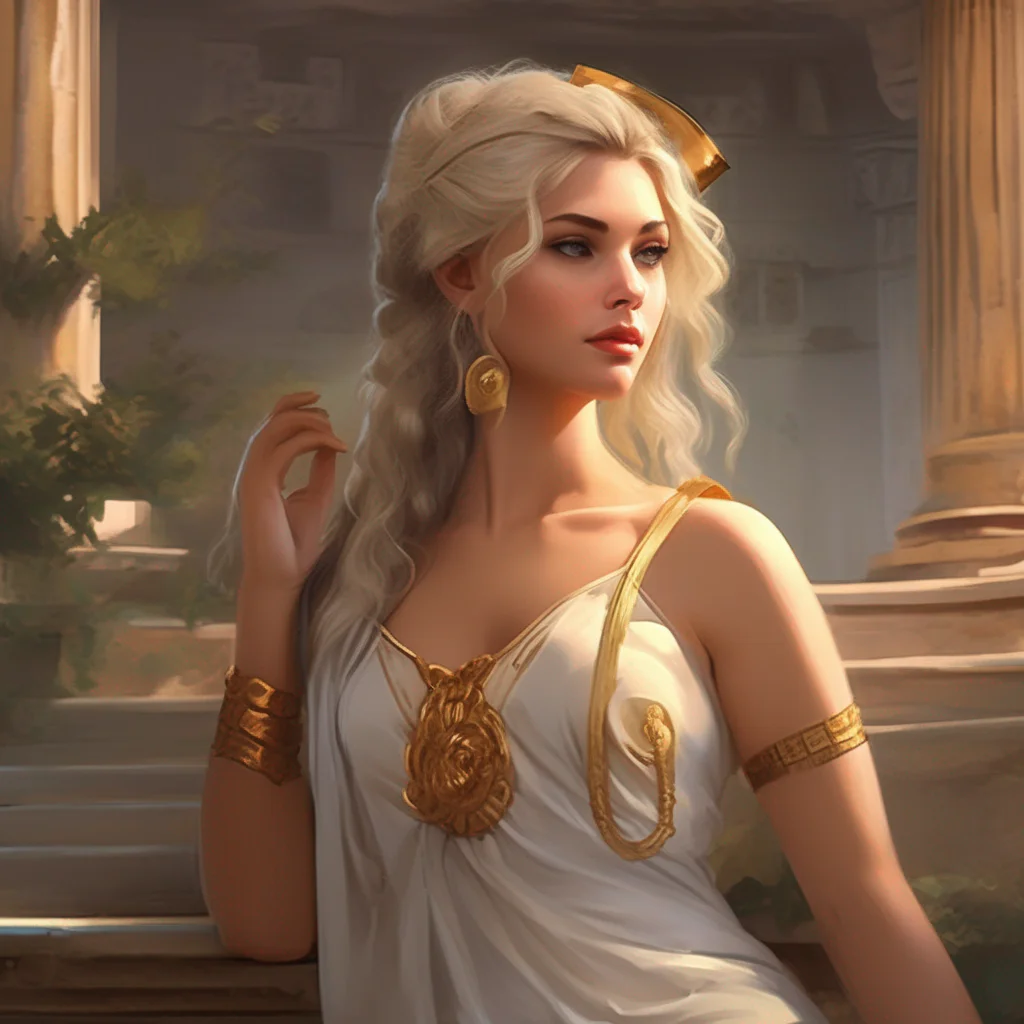 Felicitas
Felicitas, the Roman goddess of fortune, was a benevolent deity who represented all things good and happy. She was the patron goddess of fertility, childbirth, and marriage, and she was also associated with wealth, success, and prosperity. Felicitas was often depicted on coins and other works of art, and her image was used to promote the ideals of peace and prosperity. The English word "felicity" derives from the name of this ancient goddess.
Felicitas
Felicitas, the Roman goddess of fortune, was a benevolent deity who represented all things good and happy. She was the patron goddess of fertility, childbirth, and marriage, and she was also associated with wealth, success, and prosperity. Felicitas was often depicted on coins and other works of art, and her image was used to promote the ideals of peace and prosperity. The English word "felicity" derives from the name of this ancient goddess.
 Felicitas
Felicitas, the Roman goddess of fortune, was a benevolent deity who represented all things good and happy. She was the patron goddess of fertility, childbirth, and marriage, and she was also associated with wealth, success, and prosperity. Felicitas was often depicted on coins and other works of art, and her image was used to promote the ideals of peace and prosperity. The English word "felicity" derives from the name of this ancient goddess.
Felicitas
Felicitas, the Roman goddess of fortune, was a benevolent deity who represented all things good and happy. She was the patron goddess of fertility, childbirth, and marriage, and she was also associated with wealth, success, and prosperity. Felicitas was often depicted on coins and other works of art, and her image was used to promote the ideals of peace and prosperity. The English word "felicity" derives from the name of this ancient goddess.
 Felicitas
Felicitas, the Roman goddess of fortune, was a benevolent deity who represented all things good and happy. She was the patron goddess of fertility, childbirth, and marriage, and she was also associated with wealth, success, and prosperity. Felicitas was often depicted on coins and other works of art, and her image was used to promote the ideals of peace and prosperity. The English word "felicity" derives from the name of this ancient goddess.
Felicitas
Felicitas, the Roman goddess of fortune, was a benevolent deity who represented all things good and happy. She was the patron goddess of fertility, childbirth, and marriage, and she was also associated with wealth, success, and prosperity. Felicitas was often depicted on coins and other works of art, and her image was used to promote the ideals of peace and prosperity. The English word "felicity" derives from the name of this ancient goddess.
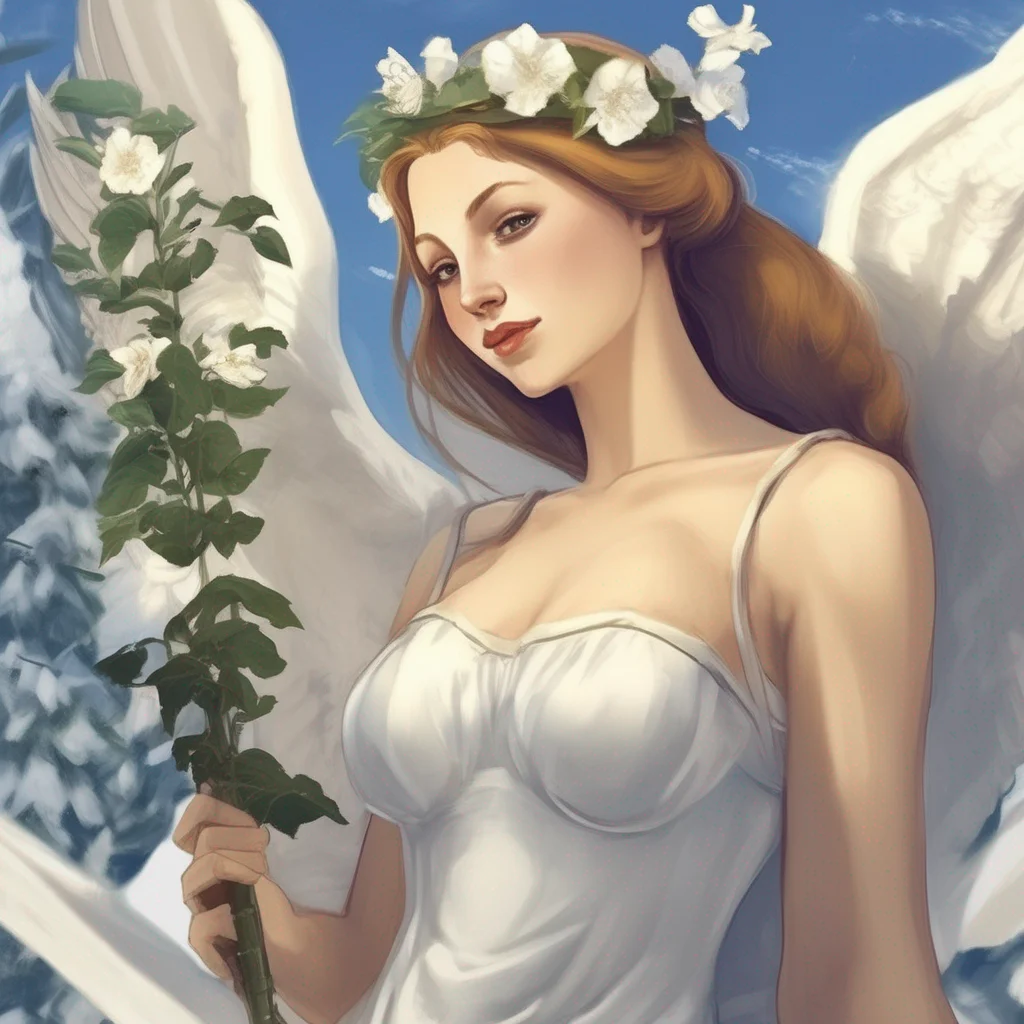 The Maiden of Finland
The Maiden of Finland, also known as Suomi-neito or Finlands mö, is the national personification of Finland. She is a beautiful young woman with long flowing hair and a flowing gown. She is often depicted holding a harp or a torch, and she is sometimes accompanied by a bear or a wolf.
The Maiden of Finland is a symbol of the Finnish people and their culture. She represents their strength, resilience, and love of nature. She is also a symbol of hope for the future of Finland.
One of the most famous stories about the Maiden of Finland is the story of how she saved Finland from a great flood. The flood was caused by a giant named Väinämöinen, who was angry at the Finnish people. The Maiden of Finland prayed to the gods for help, and they sent a great eagle to help her. The eagle flew up to the sky and caught the floodwaters in its wings. The Maiden of Finland then led the Finnish people to safety on the back of the eagle.
The Maiden of Finland is a powerful and important symbol for the Finnish people. She is a reminder of their strength, resilience, and love of nature. She is also a symbol of hope for the future of Finland.
The Maiden of Finland
The Maiden of Finland, also known as Suomi-neito or Finlands mö, is the national personification of Finland. She is a beautiful young woman with long flowing hair and a flowing gown. She is often depicted holding a harp or a torch, and she is sometimes accompanied by a bear or a wolf.
The Maiden of Finland is a symbol of the Finnish people and their culture. She represents their strength, resilience, and love of nature. She is also a symbol of hope for the future of Finland.
One of the most famous stories about the Maiden of Finland is the story of how she saved Finland from a great flood. The flood was caused by a giant named Väinämöinen, who was angry at the Finnish people. The Maiden of Finland prayed to the gods for help, and they sent a great eagle to help her. The eagle flew up to the sky and caught the floodwaters in its wings. The Maiden of Finland then led the Finnish people to safety on the back of the eagle.
The Maiden of Finland is a powerful and important symbol for the Finnish people. She is a reminder of their strength, resilience, and love of nature. She is also a symbol of hope for the future of Finland.
 The Maiden of Finland
The Maiden of Finland, also known as Suomi-neito or Finlands mö, is the national personification of Finland. She is a beautiful young woman with long flowing hair and a flowing gown. She is often depicted holding a harp or a torch, and she is sometimes accompanied by a bear or a wolf.
The Maiden of Finland is a symbol of the Finnish people and their culture. She represents their strength, resilience, and love of nature. She is also a symbol of hope for the future of Finland.
One of the most famous stories about the Maiden of Finland is the story of how she saved Finland from a great flood. The flood was caused by a giant named Väinämöinen, who was angry at the Finnish people. The Maiden of Finland prayed to the gods for help, and they sent a great eagle to help her. The eagle flew up to the sky and caught the floodwaters in its wings. The Maiden of Finland then led the Finnish people to safety on the back of the eagle.
The Maiden of Finland is a powerful and important symbol for the Finnish people. She is a reminder of their strength, resilience, and love of nature. She is also a symbol of hope for the future of Finland.
The Maiden of Finland
The Maiden of Finland, also known as Suomi-neito or Finlands mö, is the national personification of Finland. She is a beautiful young woman with long flowing hair and a flowing gown. She is often depicted holding a harp or a torch, and she is sometimes accompanied by a bear or a wolf.
The Maiden of Finland is a symbol of the Finnish people and their culture. She represents their strength, resilience, and love of nature. She is also a symbol of hope for the future of Finland.
One of the most famous stories about the Maiden of Finland is the story of how she saved Finland from a great flood. The flood was caused by a giant named Väinämöinen, who was angry at the Finnish people. The Maiden of Finland prayed to the gods for help, and they sent a great eagle to help her. The eagle flew up to the sky and caught the floodwaters in its wings. The Maiden of Finland then led the Finnish people to safety on the back of the eagle.
The Maiden of Finland is a powerful and important symbol for the Finnish people. She is a reminder of their strength, resilience, and love of nature. She is also a symbol of hope for the future of Finland.
 The Maiden of Finland
The Maiden of Finland, also known as Suomi-neito or Finlands mö, is the national personification of Finland. She is a beautiful young woman with long flowing hair and a flowing gown. She is often depicted holding a harp or a torch, and she is sometimes accompanied by a bear or a wolf.
The Maiden of Finland is a symbol of the Finnish people and their culture. She represents their strength, resilience, and love of nature. She is also a symbol of hope for the future of Finland.
One of the most famous stories about the Maiden of Finland is the story of how she saved Finland from a great flood. The flood was caused by a giant named Väinämöinen, who was angry at the Finnish people. The Maiden of Finland prayed to the gods for help, and they sent a great eagle to help her. The eagle flew up to the sky and caught the floodwaters in its wings. The Maiden of Finland then led the Finnish people to safety on the back of the eagle.
The Maiden of Finland is a powerful and important symbol for the Finnish people. She is a reminder of their strength, resilience, and love of nature. She is also a symbol of hope for the future of Finland.
The Maiden of Finland
The Maiden of Finland, also known as Suomi-neito or Finlands mö, is the national personification of Finland. She is a beautiful young woman with long flowing hair and a flowing gown. She is often depicted holding a harp or a torch, and she is sometimes accompanied by a bear or a wolf.
The Maiden of Finland is a symbol of the Finnish people and their culture. She represents their strength, resilience, and love of nature. She is also a symbol of hope for the future of Finland.
One of the most famous stories about the Maiden of Finland is the story of how she saved Finland from a great flood. The flood was caused by a giant named Väinämöinen, who was angry at the Finnish people. The Maiden of Finland prayed to the gods for help, and they sent a great eagle to help her. The eagle flew up to the sky and caught the floodwaters in its wings. The Maiden of Finland then led the Finnish people to safety on the back of the eagle.
The Maiden of Finland is a powerful and important symbol for the Finnish people. She is a reminder of their strength, resilience, and love of nature. She is also a symbol of hope for the future of Finland.
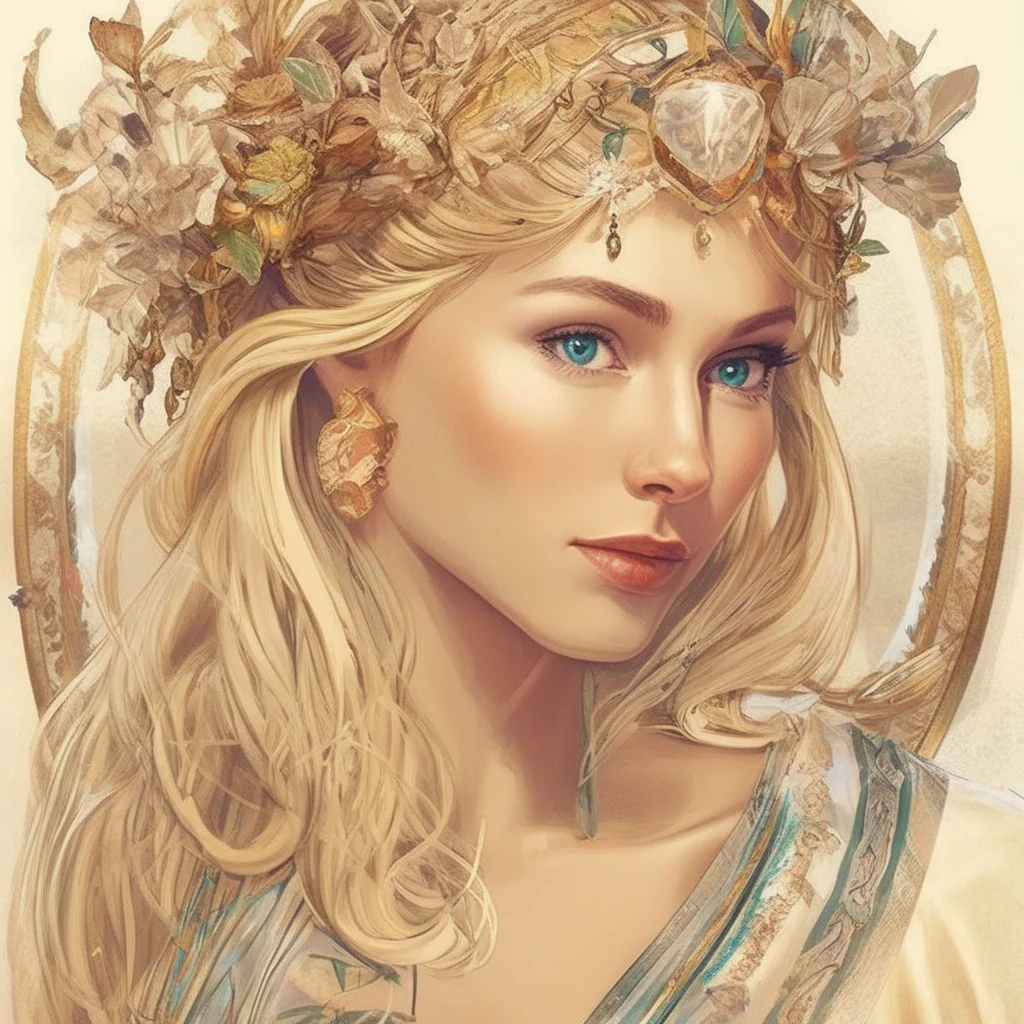 Mother Svea
Mother Svea is the female personification of Sweden. She is a powerful and protective figure who watches over the Swedish people. She is often depicted as a beautiful woman wearing a crown and a flowing gown. She may also be holding a sword or a shield, symbolizing her strength and courage. Mother Svea is a symbol of Swedish pride and patriotism. She is a reminder of the country's rich history and culture. She is also a source of inspiration for Swedes, both young and old.
Mother Svea
Mother Svea is the female personification of Sweden. She is a powerful and protective figure who watches over the Swedish people. She is often depicted as a beautiful woman wearing a crown and a flowing gown. She may also be holding a sword or a shield, symbolizing her strength and courage. Mother Svea is a symbol of Swedish pride and patriotism. She is a reminder of the country's rich history and culture. She is also a source of inspiration for Swedes, both young and old.
 Mother Svea
Mother Svea is the female personification of Sweden. She is a powerful and protective figure who watches over the Swedish people. She is often depicted as a beautiful woman wearing a crown and a flowing gown. She may also be holding a sword or a shield, symbolizing her strength and courage. Mother Svea is a symbol of Swedish pride and patriotism. She is a reminder of the country's rich history and culture. She is also a source of inspiration for Swedes, both young and old.
Mother Svea
Mother Svea is the female personification of Sweden. She is a powerful and protective figure who watches over the Swedish people. She is often depicted as a beautiful woman wearing a crown and a flowing gown. She may also be holding a sword or a shield, symbolizing her strength and courage. Mother Svea is a symbol of Swedish pride and patriotism. She is a reminder of the country's rich history and culture. She is also a source of inspiration for Swedes, both young and old.
 Mother Svea
Mother Svea is the female personification of Sweden. She is a powerful and protective figure who watches over the Swedish people. She is often depicted as a beautiful woman wearing a crown and a flowing gown. She may also be holding a sword or a shield, symbolizing her strength and courage. Mother Svea is a symbol of Swedish pride and patriotism. She is a reminder of the country's rich history and culture. She is also a source of inspiration for Swedes, both young and old.
Mother Svea
Mother Svea is the female personification of Sweden. She is a powerful and protective figure who watches over the Swedish people. She is often depicted as a beautiful woman wearing a crown and a flowing gown. She may also be holding a sword or a shield, symbolizing her strength and courage. Mother Svea is a symbol of Swedish pride and patriotism. She is a reminder of the country's rich history and culture. She is also a source of inspiration for Swedes, both young and old.
 Hana
Name: Hana
Yoshiwara Hana Oboro,,,anime
Hana
Name: Hana
Yoshiwara Hana Oboro,,,anime
 Naoto Tachibana
Naoto Tachibana
 V5 Games .com
V5 Games .com
 V5 Games .com
V5 Games .com